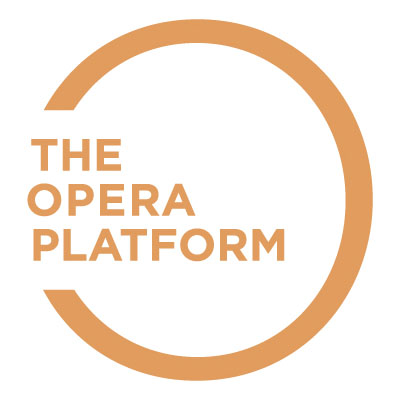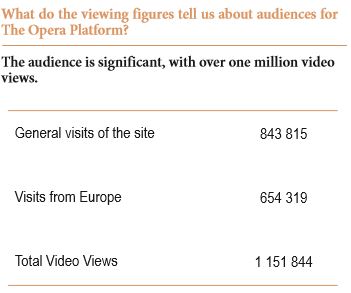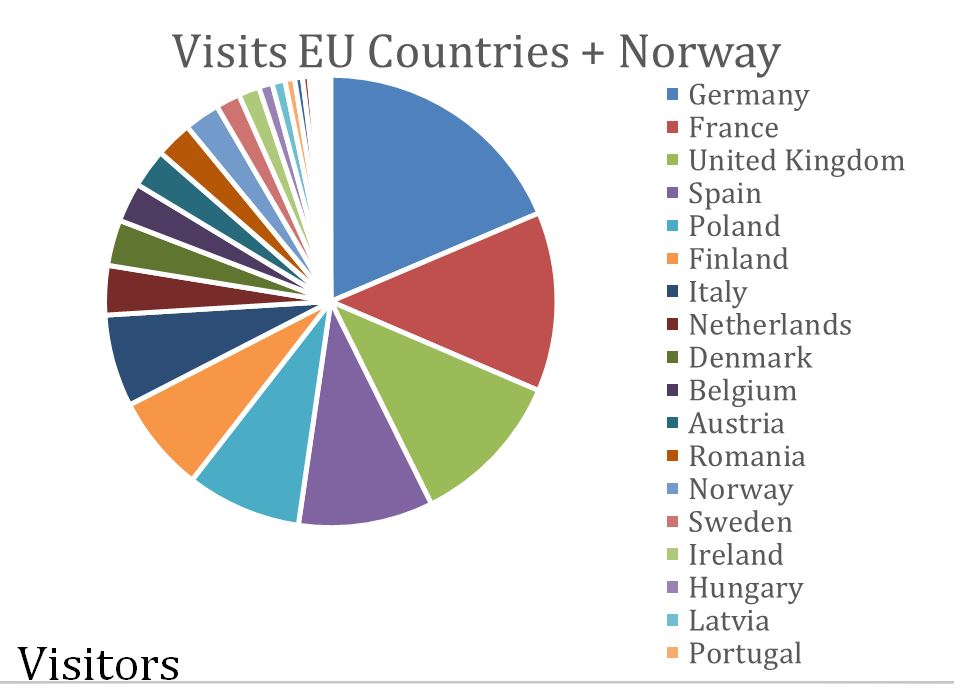After one year
The Opera Platform celebrated its first birthday on 8 May this year.

Launched at the Opera Europa Madrid conference in May 2015, Opera Europa’s most ambitious project to date offers an online season of European opera from fifteen of its member companies from twelve countries, in partnership with ARTE and the European Commission.
Piloting in the relatively uncharted waters of live opera streaming, this partnership was confident at launch about little other than the strength of its programme and the commitment of those involved.
An attractive programme of opera and the commitment of the partners to providing a highly accessible streaming service have indeed proved great assets to this project over the last twelve months.
The programme in this first year has been made up of twenty productions with repertoire ranging from the ABC of opera (Aida, La bohème, Carmen) to less familiar titles (Król Roger, Straszny Dwór, Valentina). These productions, each chosen to reflect the artistic strengths of a particular theatre, have been streamed from right across the European Union, in chronological order, from: Madrid, London, Helsinki, Riga, Vienna, Oslo, Brussels, Lyon, Turin, Warsaw, Berlin, Amsterdam and Stuttgart. Where else but online can such a rich diversity of opera be gathered to enjoy for free in one place?

The commitment from each partner to present these works in the best conditions is the second successful factor to note. The majority
of the productions have been streamed live, subtitled in six languages, available for six months for on demand vi
ewing, and enriched with a series of related short form material to set these productions in a broader context for the benefit of regular opera goers and curious newcomers alike.
age, confidence and hard work from each partner. How, for instance, without such commitment, would the Komische Oper Berlin have be able to offer a live stream of the very first night of Barrie Kosky’s new production of Yevgeny Onegin on the platform in January this year? The question, to which the partners dared make no confident predictions a year ago, relates to audiences. Will the Opera Platform find an audience? Now, with the benefit of twelve months stati
stics, the partnership can say that is has succeeded in finding a significant audience globally for its new service.
The audience has been consistent over the last twelve months and at their largest for live streams. Audiences peak significantly when there is a live event or a new stream; there were four in the launch month of the platform in May 2015. Partners have a significant impact on driving audiences and their high profile media campaigns, such as the one lead by the Polish National Opera in November 2015, draw significant numbers of views to the platform.

Over three quarters of the audience is from Europe. A significant proportion, 11%, comes from North America.
The audience from our continent is genuinely European and is not, as in the traditional national broadcaster model of streaming, weighted toward one particular member state. The size of audiences in each country correlates closely to population levels across the Union.
 This graph shows the spread of audiences in Europe and exactly mirrors European demography with only Finland having a proportionally higher number of visitors to the platform in relation to its population.
This graph shows the spread of audiences in Europe and exactly mirrors European demography with only Finland having a proportionally higher number of visitors to the platform in relation to its population.
Apart from the mighty Google, Facebook is the most significant sources of traffic to The Opera Platform, followed by ARTE Concert, the project’s media partner.
High profile press coverage has been responsible for attracting significant numbers of visitors to the platform, not least among them articles in The New York Times. As mentioned above, partners are also key to driving audiences, with the websites of Teatro Real and Finnish National Opera among the top ten sources of clicks.
So if the viewing figures show that numbers of visitors from across the globe are considerable, what do we know about the profile of those who use the platform? This is a question on which Opera Europa is working. The team is currently analysing the results of an audience survey conducted on the site over the last month.
This snapshot audit after the first year gives the current partnership impetus to continue and expand The Opera Platform. More streams from more theatres in more countries will surely add new dimensions to, and audiences for, our European season. Please join us at the session about the platform at the Amsterdam conference to find out more.
The navigation and text on The Opera Platform is presented in three languages: English, French and German. The English version is the most consulted.






